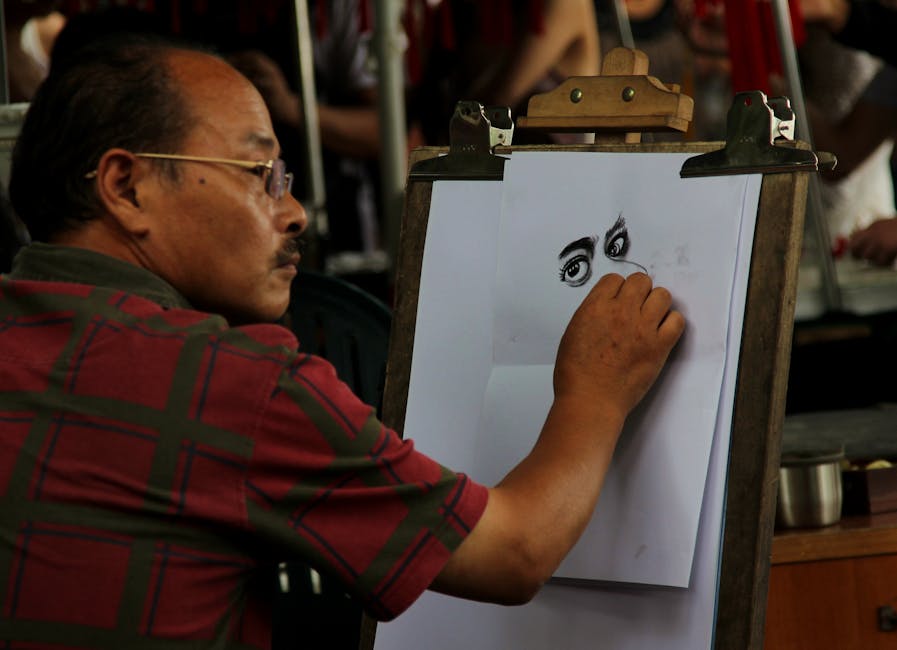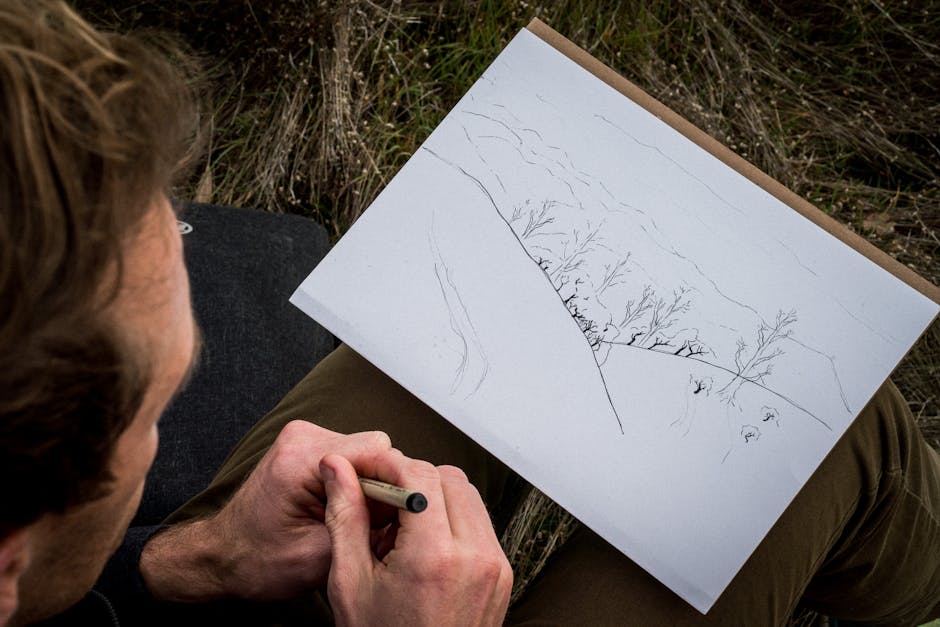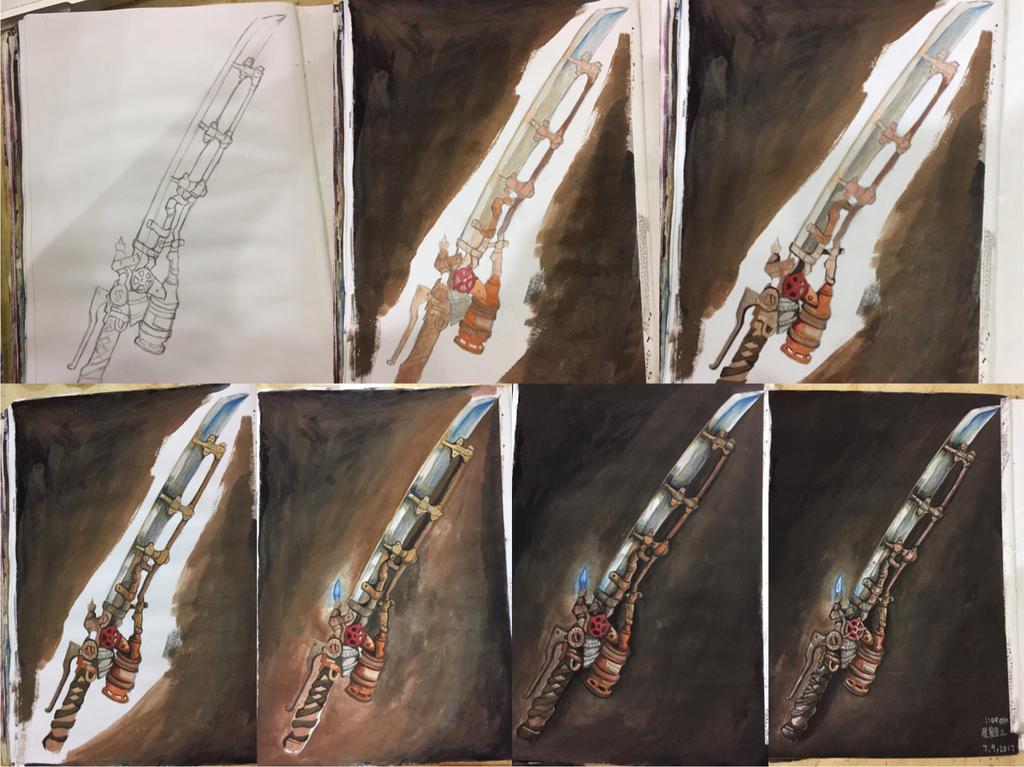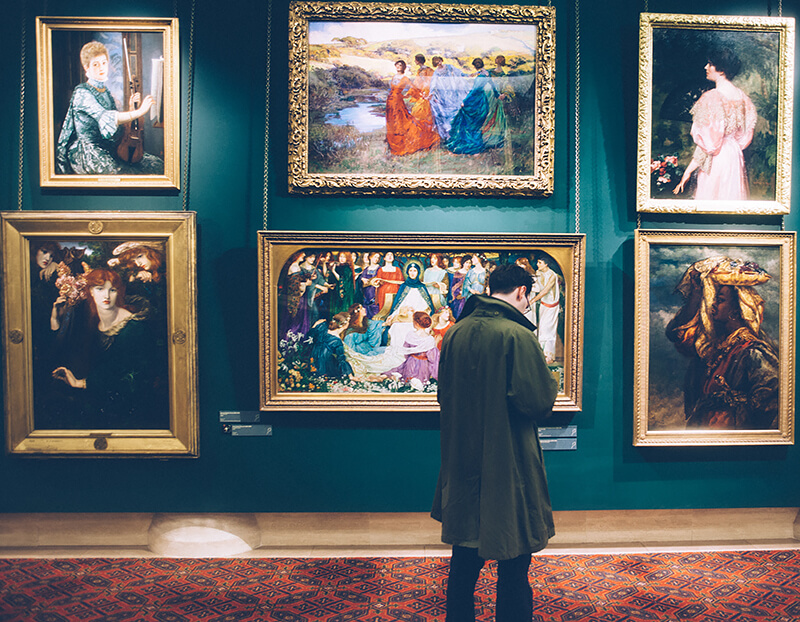Drawing from life brings depth and authenticity to your artwork. By observing and interpreting the world around you, you develop skills that photographs alone can't provide. This article explores the benefits and challenges of life drawing, offering practical tips to enhance your artistic journey.
The Importance of Drawing from Life
Drawing from life builds foundational skills by enhancing your ability to observe and interpret objects in three dimensions. When sketching a subject like an apple in real life, you'll notice subtle shifts in light, shadow changes, and variations that a photo can't capture. This process enriches your skills, making your drawings more dynamic and authentic.
Working directly from life forces your brain to process what your eye sees, decoding space, depth, and form. You learn to notice how light bounces off surfaces and how shadows contain color. This level of observation cultivates a discerning eye that sees beyond the surface.
In contrast, drawing from photographs offers convenience but can limit growth. By narrowing your vision to flat images, you miss the opportunity to understand your subject's depth and volume. This can result in art that, while technically proficient, lacks the vividness found in drawings from observation.
Drawing from life also hones your patience and discipline. It teaches you to settle into the moment, observe carefully, and draw thoughtfully. Think of it like an athlete's training: regular, disciplined practice sharpens your skills, preparing you for more complex artistic endeavors.
The experience often leads to unexpected discoveries. The world in front of you is full of surprises—a swift shift in light, an unexpected movement, or a quirky shadow. These elements add layers of richness to your work, making it not just a drawing, but a captured moment filled with life and energy.
By practicing life drawing, artists also avoid copyright issues that can arise with photo references. Drawing in a park, observing people and landscapes, frees you from legal concerns and enriches your portfolio with genuinely original works.
Balancing both methods can enhance your skills. If a live subject isn't available, try shooting your own reference photos. This approach gives you control over composition and lighting, making the reference personal and suited to your artistic vision.
Drawing from life sharpens your ability to observe, interpret, and express your surroundings. It fosters a versatile artistic skill set, making your art more realistic and less reliant on photographic crutches. So, grab your sketchbook, step outside, and embrace the enriching challenge of drawing from life.

Challenges and Rewards of Life Drawing
Drawing from life presents challenges that test an artist's patience and adaptability. The dynamic nature of the environment can be unpredictable. Imagine setting up your easel in a bustling park—the scene constantly changes. Shadows lengthen, light intensity fluctuates, and people shift positions. These factors require an adaptive eye and a nimble hand, ready to capture fleeting moments quickly.
This unpredictability can be intimidating but also rewarding. Embracing the challenge of capturing an ephemeral moment triggers unique creative growth. Each sketch becomes a lesson in resilience, teaching you to stay present and appreciate the beauty of imperfection.
Life drawing fosters a deep connection to your subject. When you draw a tree in a garden, you don't just record its appearance; you connect with its essence. You see the twists of its bark, the way light filters through its leaves, and subtle color variations that photos often miss. This intimate engagement enriches your art, making it a true reflection of your experience and interpretation.
Benefits of Life Drawing:
- Fine-tunes drawing skills
- Cultivates a keen eye for detail
- Develops a deft hand for quick interpretation
- Enhances understanding of light and shadow
- Improves depiction of space and form
Drawing from life brings an authenticity to your art that's hard to replicate with photo references. The vitality of a live session imbues your work with a distinct character. Every line and stroke carry the immediacy of the moment, a raw glimpse of reality that resonates with viewers.
These sessions also promote emotional depth in your work. Drawing in various conditions connects you to your environment in profound ways. This emotional connection often transfers to your artwork, making it not just a visual representation but an immersive experience.
"Drawing from life offers a balanced blend of challenge and reward. It demands patience and adaptability but offers unparalleled growth and deeper artistic satisfaction."
So, the next time you're tempted to pull out your phone for a quick snapshot, consider instead the richness waiting to be sketched from life.

Limitations of Drawing from Photographs
While drawing from photographs offers convenience, it brings limitations that can hinder an artist's development. One major drawback is the lack of depth perception. Photographs flatten the world, reducing three-dimensional space into a two-dimensional plane. This flattening effect restricts your ability to grasp the intricacies of volume and space, missing the subtle interplay of light and shadow that gives objects their form.
Another issue is the inclination towards copying rather than interpreting. Photographs capture details with such precision that it tempts artists to reproduce exactly what they see. This approach can turn the drawing process into a mechanical task, where focus lies on replication instead of creative interpretation. The artist's unique vision and emotional input get sidelined.
Relying heavily on photographs can lead to poor drawing habits. The habit of copying flat, static images can inhibit the growth of essential observational skills. Artists might become adept at rendering precise details but fail to develop a holistic understanding of form, perspective, and dynamic composition. This becomes particularly obvious when trying to draw from imagination or memory.
Challenges of Drawing from Photographs:
- Finding the perfect photographic reference can be time-consuming
- Photos may lack crucial details, requiring additional sources
- Artwork can become static and lifeless
- Poses might look staged or unnatural
- Risk of lens distortion affecting proportions and perspective
Working from photos can easily lead to distortion issues. Photographs are prone to lens distortion, especially when taken from certain angles or with specific lenses. These distortions can warp perspectives and proportions, and if copied uncritically, they can make your drawings look awkward and inaccurate.
In summary, the convenience of photos comes with significant limitations that can impede artistic growth. While photos can be useful tools, they should complement, not replace, direct observation. Balancing your practice between drawing from life and using photos as supplementary references will foster a richer, more versatile artistic skill set, enabling you to create work that is both technically sound and emotionally resonant.
Balancing Life Drawing and Photo References
While life drawing offers unique benefits, artistic practice often requires balancing it with photo references. This combination allows you to leverage the strengths of both methods.
Try to capture your own reference photos when possible. This gives you control over composition, lighting, and subject matter, making the reference personal and suited to your vision. By taking photos yourself, you're exercising creative decision-making before you start drawing.
Use photos as inspiration rather than exact blueprints. View them as starting points for your imagination, combining elements from different images to create original work. This approach mirrors life drawing, where you interpret what's in front of you rather than simply copying it.
Some situations do require photographs. Drawing intricate scenes, rare animals, or exotic landscapes might not be feasible from life. However, even then, try to blend photographic references with skills from life drawing to maintain depth and authenticity.
Tips for Balancing Life Drawing and Photos:
- Keep up a regular life drawing practice to maintain observational skills
- Consider hybrid techniques, like initial sketches from life with details refined from photos later
- Avoid strict replication of photos – alter angles, emphasize features, or play with colors
- Practice interpreting rather than copying – look at a photo, then try drawing from memory
By balancing life drawing and photo references, you can enhance your artistic versatility. Life drawing brings authenticity and observational skills, while photos add convenience and detail. Blending both methods gives you a comprehensive toolkit to create art that's both technically sound and richly evocative.
Practical Tips for Life Drawing
Start with simple subjects like household objects. Fruit provides straightforward shapes to practice form, shading, and light. As you improve, add more complex items like bottles, vases, and books to learn about perspective and different textures.
Flowers and leaves are great for observing organic shapes and subtle color changes. They test your patience and precision while offering beautiful subject matter.
Drawing people adds complexity to your practice. Start with mannequins if live models feel challenging, then progress to quick sketches of people in public spaces. This improves your ability to capture movement and personality.
Progression of Subjects:
- Simple objects (fruit, basic shapes)
- Complex objects (bottles, vases, books)
- Organic forms (flowers, leaves)
- Mannequins
- People in public spaces
Try drawing in dynamic environments to improve your observational speed. Begin in calm settings like parks, then move to busier areas like streets or markets. Focus on quick sketches that capture the essence of movement and activity.
Be adaptable in your approach. If the weather changes while you're drawing outside, use it as a chance to practice different lighting conditions. If you're nervous about drawing in public, start in quieter locations and gradually move to busier areas.
Experiment with various tools and mediums to broaden your skills. Charcoal is great for quick, bold gestures, while watercolors can express delicate light and shadow. Try different materials to find your preferred style.
"Approach each session with curiosity. Not every drawing will be perfect, but each one teaches you something."
Keep a dedicated sketchbook and review your progress over time. Note recurring challenges and focus on improving them.
Create a routine for your practice. Set aside specific times for life drawing and treat it as an important commitment. Consistency is key to improvement.
Consider joining a community of artists. Attend classes, workshops, or online forums to get feedback and share experiences. Learning from others can provide new insights and keep you motivated.
By setting manageable goals and practicing regularly, life drawing can become an enjoyable and enriching part of your artistic journey. Embrace the unpredictability of real-life subjects and let the world around you inspire your art.

Drawing from life enriches your art with a vitality that photographs often lack. By honing your observational skills and capturing the dynamic world around you, your work gains authenticity and depth that resonates with viewers. So, grab your sketchbook and dive into the rewarding challenge of life drawing.

























